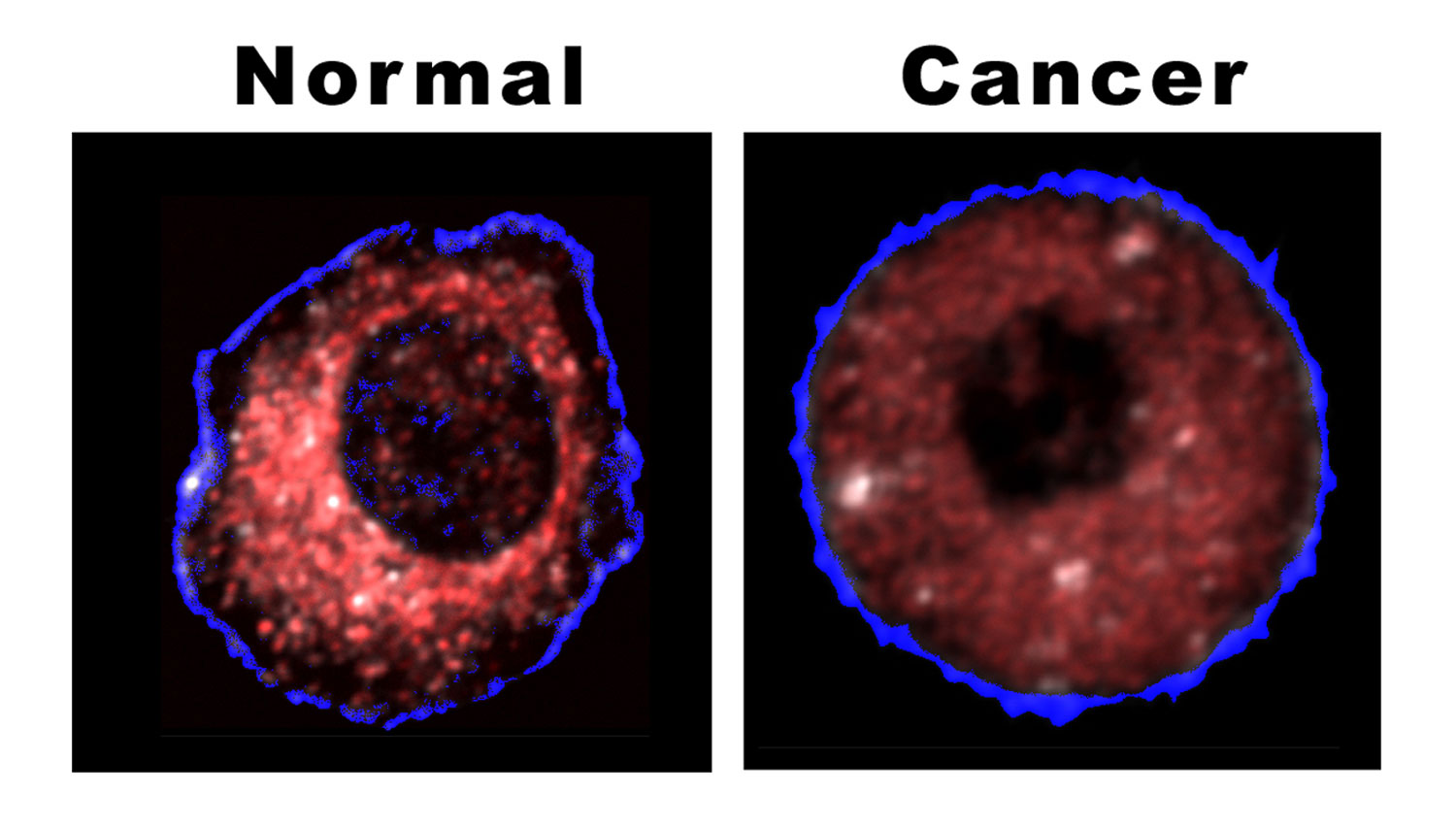CMDCMiracle
심혈관 대사질환센터
Cardiovascular and Metabolic Disease Center
Mitochondrial Research Affinity Collaboration-Laboratories & Engineering
0
Cardiovascular and Metabolic Disease Center
Mitochondrial Research Affinity Collaboration-Laboratories & Engineering
Home
> 0
A novel technique for new idea to Mitochondria as Ischemia biomarker
- 작성자dang van cuong
- 작성일2005-05-02 00:07:43
- 조회수2736
- 첨부파일첨부파일mitopic.jpg

Total406개
[ page10/28 ]
| No. | 제목 | 작성자 | 작성일 | 조회수 |
|---|---|---|---|---|
| 271 | New Confocal microscope in Kimhae 첨부파일 2007.05.31 | Dang Van Cuong | 2007.05.31 | 2,265 |
| 270 | Congratulation Mr Kim 2007.05.25 | 박원선 | 2007.05.25 | 2,218 |
| 269 | 축하 드립니다! 김형규샘! 2007.05.17 | 강성현 | 2007.05.17 | 2,718 |
| 268 | 고재홍선생님 좋아하는 HIF-1이네요. 2007.05.13 | 한진 | 2007.05.13 | 3,252 |
| 267 | Congratulation Dr Park - for new paper 2007.04.30 | 강성현 | 2007.04.30 | 3,641 |
| 266 | HUPO 6th Annual World Congress, Seoul 2007 첨부파일 2007.04.17 | 한진 | 2007.04.17 | 2,219 |
| 265 | Congratulation, Dr. Park! 2007.04.12 | 한진 | 2007.04.12 | 2,049 |
| 264 | 당뇨병, 세계를 위협하는 무서운 질병으로 발전 2007.04.08 | 한진 | 2007.04.08 | 2,123 |
| 263 | Defective mitochondrial biogenesis: a hallmark of the high cardiovascular risk in the metabolic syndrome? 2007.04.05 | 한진 | 2007.04.05 | 2,963 |
| 262 | Congratulation to Prof. Warda! 2007.04.04 | 한진 | 2007.04.04 | 2,302 |
| 261 | Congratulation!! Cuong 2007.03.27 | 박원선 | 2007.03.27 | 2,018 |
| 260 | Patch setting및 mito puller setting 2007.03.19 | 박원선 | 2007.03.19 | 2,326 |
| 259 | 2006 HUPO 에서 뽑은 각 분야 포스터에 저희 포스터가 4개 선정되었습니다. 2007.03.17 | 김형규 | 2007.03.17 | 3,719 |
| 258 | Two NIH funded postdoctoral positions are available immediately 2007.03.09 | 한진 | 2007.03.09 | 2,282 |
| 257 | Please share the attached paper with all lab members. 첨부파일 2007.02.24 | 한진 | 2007.02.24 | 1,959 |



